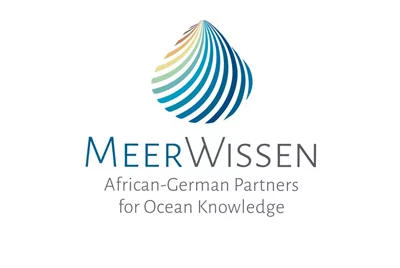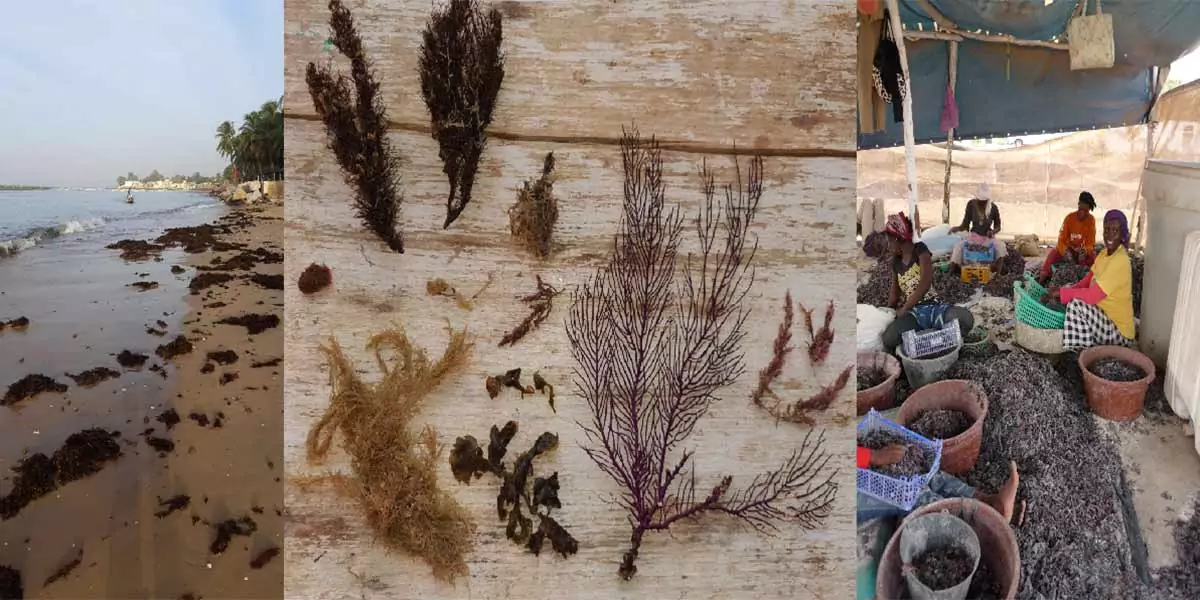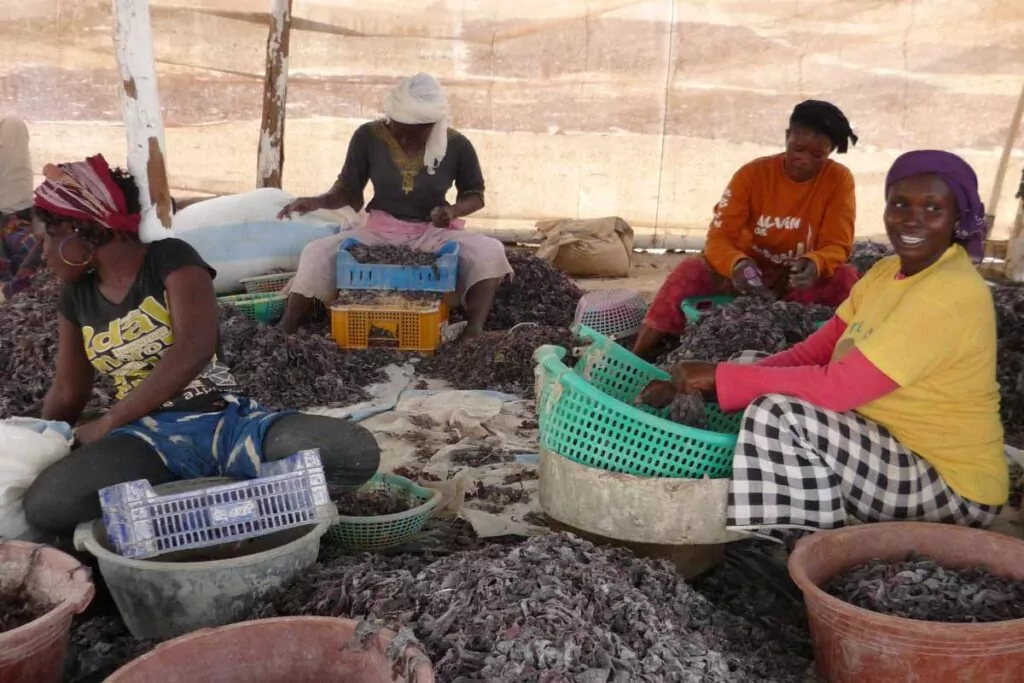The project “Seaweed for climate change resilient blue economies, biodiversity and ecosystem services” (CLIMALG-SN) was introduced on March 10 as part of a webinar series featuring each of the 12 MeerWissen projects. The webinar provided an overview of the current state of Senegalese seaweed research and pointed out threads and solutions for a sustainable seaweed cultivation and conservation in West Africa.
Dr. Birgit Quack, GEOMAR Helmholtz Centre for Ocean Research Kiel, introduced seaweed cultivation as a sustainable tool to achieve a better environmental status of our coasts, support fisheries in many ways (protection and support of natural stock, integration with other aquaculture) and attract tourism and therewith generate income for local communities. Important fields of seaweed utilization that are considered for possible applications in the framework of the project are food, energy, cosmetics and construction materials. On the one hand, there are thus various fields of application for the utilization of seaweed and an additional conservation value of seaweeds by protecting naturally grown seaweeds. On the other hand, cultivation may go in line with additional costs, spatial competition, a possible loss of attractiveness of coasts and beaches and polluted plants. The fear of pests and blooms might also be potential concerns for politicians, fishers, tourism and the general public.
In the first step of the CLIMALG-SN project, the focus is set on gathering the needed data. According to Dr. Waly Ndiaye, Institut Sénégalais de Recherche Agricole, around 400 algae species have already been determined in Senegalese waters during the last 100 years. An overview of algal species found in West Africa, particularly Senegal, is not yet established. Researchers from the CLIMALG-SN project are therefore currently identifying and listing the present species to make algae-related information accessible and to establish a transparent database. The database will form the basis of a sustainable seaweed management that protects marine biodiversity while utilizing seaweed, which implementation is targeted by the CLIMALG-SN project. Information on the algal compounds that are of economic interest or valuable, possible contaminations and toxicity are part of the database. The difficulty of algae identification is approached by barcoding of the species and comparison to available databases and adding to them Metabarcoding of environmental DNA will allow the determination of biodiversity, which is influenced by the algae. As a prerequisite, coastal sections with high and low biodiversity and areas that harbor important species are being identified and the seasonal changes and effects of interventions investigated.
Currently, multiple stressors, as fishing and marine pollution in the form of plastic but also nutrient and wastewater affect the health and biodiversity of the seaweed population. The project aims to address these issues by co-design the research and management approach together with local stakeholders – from the beginning and throughout the project. The thought behind this co-design approach is to identify synergies with local institutions, projects and people and to create partnerships and collaborate with other projects, to sustain an integrated implementation of the aimed management plan. Therefore, CLIMALG-SN already approached local communities to incorporate their valuable knowledge and discuss possible solutions for sustainable fishery practices.
In the context of the CLIMALG-SN project and the plan of an integrated seaweed cultivation, it is aimed to build capacity in the form of research and student activity, but also as a source of income for cultivation, harvesting and trade for the local community. The project is designed to establish a roadmap for policymakers to encourage both the cultivation of seaweed and the preservation of natural habitats.


